15 Fun and Interesting Facts About Sofia, Bulgaria
Bulgaria’s capital is a unique place to visit.
A millennia-old settlement, which was part of several empires, ended up being the capital of one of the oldest countries in Europe. You can bet it hides a ton of peculiarities.
In this article, I’m sharing 15 fun and interesting facts about Sofia, Bulgaria.
From trivia about my birthplace’s past to fun facts about its attractions, let’s find what makes Sofia worth visiting.
Ready to explore?
Let’s begin!
Disclaimer: This post contains affiliate links. If you purchase something through one of them, I may receive a small commission at no extra cost to you. Thank you for helping me create free content on this website!
Interesting Historical Facts About Sofia, Bulgaria
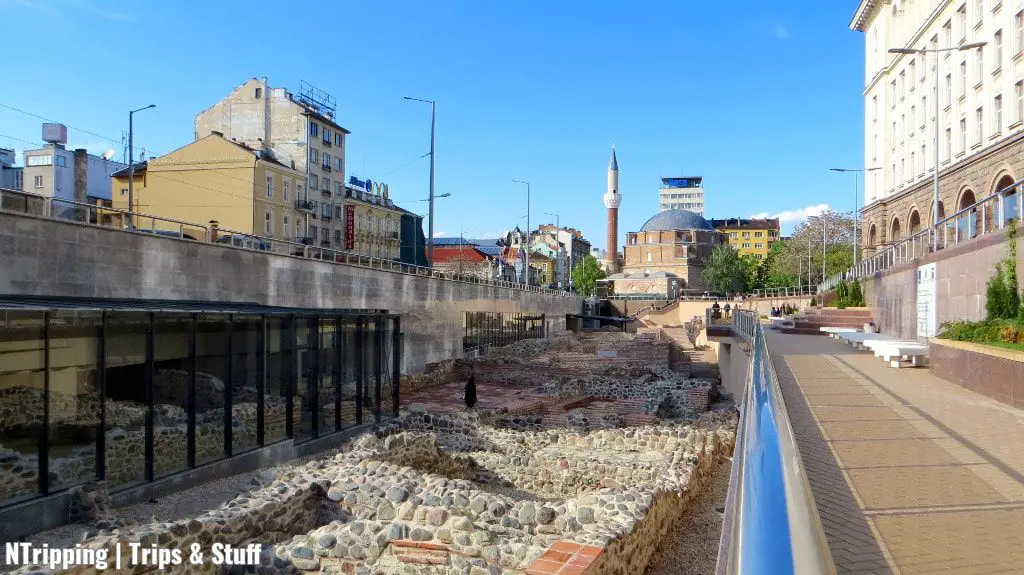
One of the most interesting historical facts about Bulgaria is that the country is one of the oldest in Europe. So, you can bet that the Bulgarian capital has an appealing past.
Let’s find out the most interesting facts about Sofia and its history.
- Sofia is one of the oldest settlements in Europe. Its history began approximately 7,000 years ago. However, it’s not even the oldest city in Bulgaria. Plovdiv, Bulgaria’s second-largest city, predates Sofia by approximately 1,000 years. In 1879, after Bulgaria gained independence from the Ottoman Empire, Sofia was officially declared the capital of the newly formed Bulgarian state.
- The city of Sofia is built on top of Roman ruins. Beneath the bustling streets of Sofia lies an ancient Roman city, Serdica, dating back over 2,000 years. It was uncovered during excavations for the city’s subway system. The Romans conquered Serdica in the 1st century BC and annexed it to the Roman Empire. Nowadays, you can walk the Roman streets and explore the remains of several buildings in the city center, under Sofia’s Largo area. This is one of my favorite facts about Sofia.
- Sofia houses an important UNESCO World Heritage Site. You’ll find the 11th-century Boyana Church on the outskirts of the Bulgarian capital. The medieval Christian temple is nestled at the foot of Vitosha Mountain. It’s renowned for its historical and artistic significance. Boyana Church boasts staggering frescoes of Bulgarian saints and rulers. The depictions are life-like and surprisingly detailed. This is unexpected for art from the Middle Ages. ✔️ Tip: If I’m in Sofia when you’re visiting, I’d love to show you this Bulgarian gem myself. But if I’m not available, the easiest way to explore Vitosha Mountain and Boyana Church is by joining this small-group guided tour.
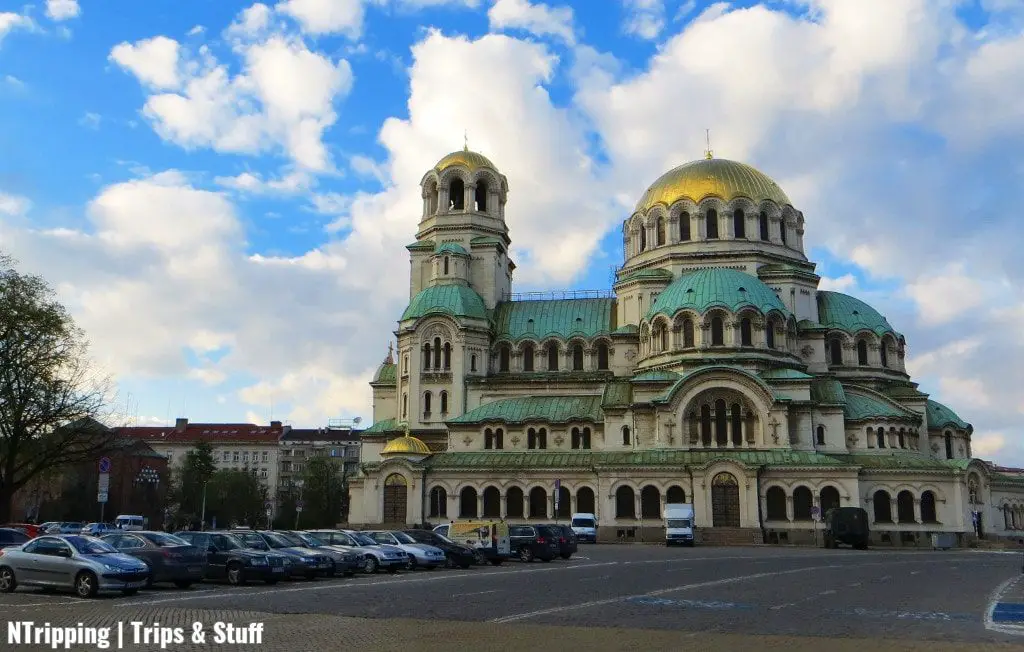
- Sofia boasts one of the largest Orthodox cathedrals in the world. Alexander Nevsky Cathedral is the biggest temple in Bulgaria. For us Bulgarians, it’s one of the most important churches in the country. Alexander Nevsky Cathedral was erected in 1912 in the Neo-Byzantine architectural style. If you happen to arrive in Sofia by air, make sure to look through the window to admire the cathedral’s golden domes. Don’t miss the chance to explore the interior of the cathedral once you’ve marveled at its facade. The sight of the marble columns and thrones, and the smell of incense will play with your senses.
- Sofia’s oldest functioning temple dates back to the 4th century. You can visit St. George Rotunda in the serene inner yard between the Presidency, Sheraton Hotel, and the Ministry of Education in the city center. The neighboring communist-era structures shelter the little church from the outside hassle and noise. The brick building of the Rotunda is surrounded by Roman ruins. It sits below the street level under layers of history. You can visit the Rotunda but be respectful as it’s a functioning place of worship.
- Sofia is home to the largest Sephardic synagogue in Europe. Sofia Synagogue was built in the Bulgarian National Romanticism style in the early 1900s. Venetian polychrome mosaic covers the floors, while divine floral motives adorn the walls. You’ll need a ticket to visit. Keep in mind that the synagogue is closed on Saturdays. Although not free, visiting the synagogue is one of the best things to do in Sofia.
- Sofia changed its name several times. The vibrant capital of Bulgaria was known under various names during different chapters of its past. Sofia’s history is tied to many civilizations, including the Thracians, Romans, Byzantines, and Ottomans. Over the centuries, the city evolved from a Thracian settlement called Serdica to a significant Roman city known as Ulpia Serdica. During the medieval age and the First Bulgarian Empire, it received the regal title Sredets. This signified the city’s status as the heart of the empire. Sofia acquired its current name in the 14th century, inspired by the iconic Hagia Sophia in Constantinople.
The Most Peculiar Facts About Sofia, the Capital of Bulgaria
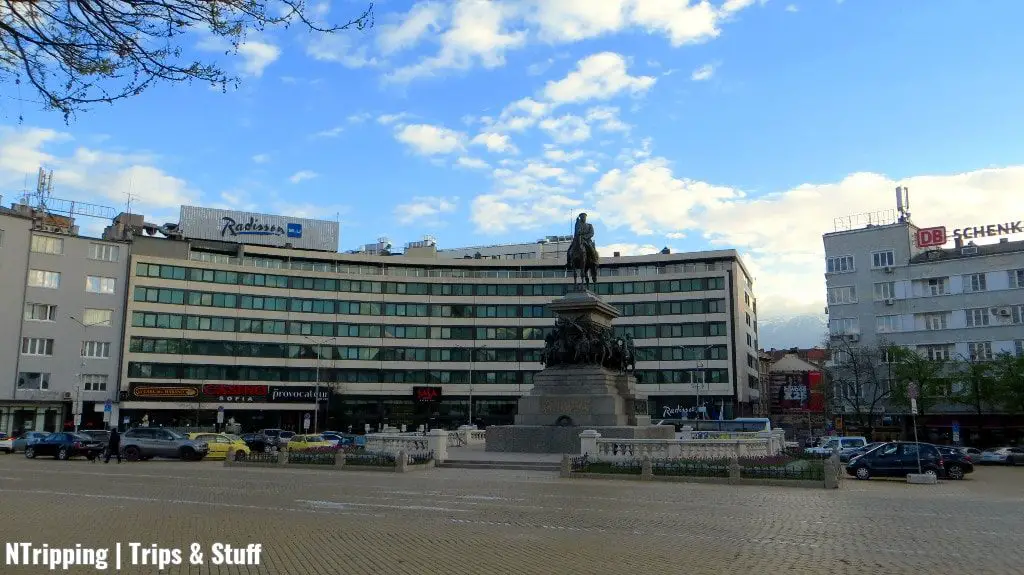
Bulgaria’s capital boasts unusual attractions and thought-provoking spots. In this section, you’ll find the most extraordinary facts about Sofia and its peculiarities.
Let’s dig in.
- The iconic yellow-bricked Tsar Osvoboditel Boulevard adds to Sofia’s authentic charm. Bulgaria’s capital boasts a yellow-bricked cobblestoned street right in the middle of its historic center. It passes in front of Bulgaria’s Parliament Building. Walking on the pavement with the distinctive color is a unique experience. The material for the bricks is limestone marl and was mined near Budapest, Hungary. Unfortunately, in the last two decades, poor management of the city resources has led to incompetent repair of the pavement. Nowadays, the bricks are uneven and difficult to walk on. Luckily, there are plans to rearrange them (yet again).
- Sofia is a foodie’s paradise. The city’s diverse dining scene offers traditional Bulgarian cuisine and a ton of international options. The culinary variety caters to every palate. From comforting Bulgarian dishes like banitsa and kebapche to unique gourmet creations, you’ll find everything your heart desires in the city’s restaurants. The wealth of flavors extends to the cocktail bars and brewery pubs as well. So, if you’re looking for a gastronomic adventure, go sample delicacies from around the world without even leaving Sofia’s vibrant streets. My favorite spots? Q-ftetaria for the incredible meatballs with a twist, Made in Home for unique variations on international dishes, and Sense Hotel’s Rooftop Bar for funky cocktails with great panoramas.
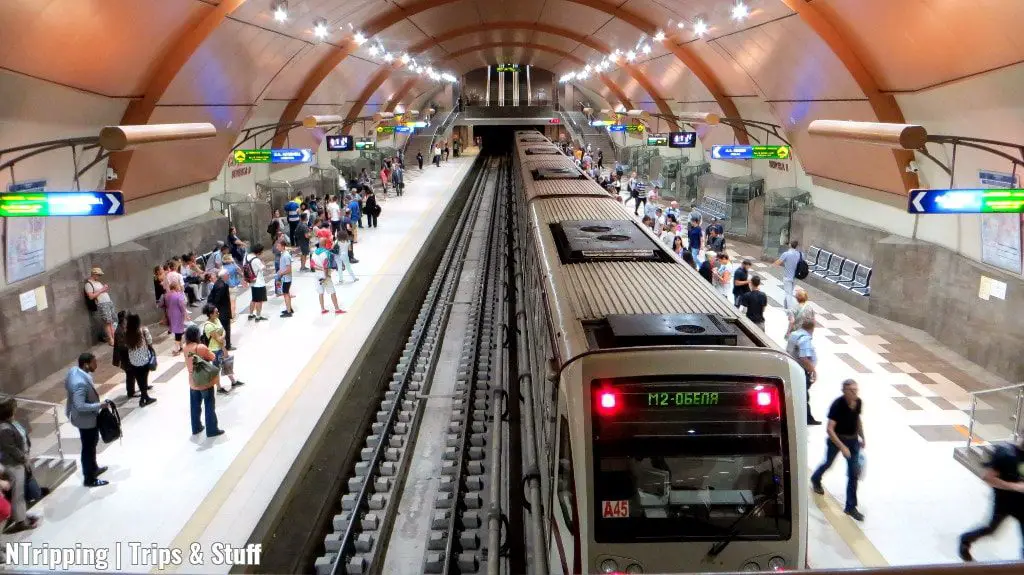
- The imposing St. Sophia statue graces Sofia’s skyline. The monument is 24 m / 79 ft. tall and symbolizes wisdom and enlightenment. It rises over the ruins of Serdica and the Largo in the city center. Interestingly, a gigantic statue of Lenin stood in the same location until 1990. The replacement of Lenin with St. Sophia marked a significant shift in the city’s cultural and political landscape. When erected in 2000, the statue of the female saint raised a lot of controversy. Many found it too erotic to be honoring a saint known for her virtues. That’s one crazy fact about Sofia, am I right?
- Sofia’s subway system doubles as an immersive art gallery. If you take the metro in Bulgaria’s capital, you’ll be greeted with an array of captivating murals, sculptures, and installations. Each station unveils a unique artistic narrative. You can see anything from bold graffiti to thought-provoking sculptures and Roman artifacts. The art pieces not only enhance the aesthetic appeal of the subway. They also serve as a platform for local artists to showcase their talent. My favorite metro station to explore is Serdica II, where you can marvel at artifacts excavated from the Roman ruins of Serdica.
- Sofia History Museum is located inside a former bathhouse. The museum occupies the impressive building of the Central Mineral Baths. Even if you’re not a history buff, don’t miss the sight of Orthodox icons in a former therapeutical pool. The structure was unused for decades despite its great architectural value. Luckily, Sofia’s government turned it into a museum. Inside, you can follow the history of Sofia through 7,000 years. You can also see fashionable clothes and home designs from the 18th and 19th centuries. And a central place is dedicated to the magnificent Louis XXIV horse-driven carriage. ✔️ Tip: There are new plans to revert the building to its original function. So, if you want to explore this extraordinary museum, it’s worth visiting Bulgaria as soon as possible.
Fun Nature Facts About Sofia, Bulgaria
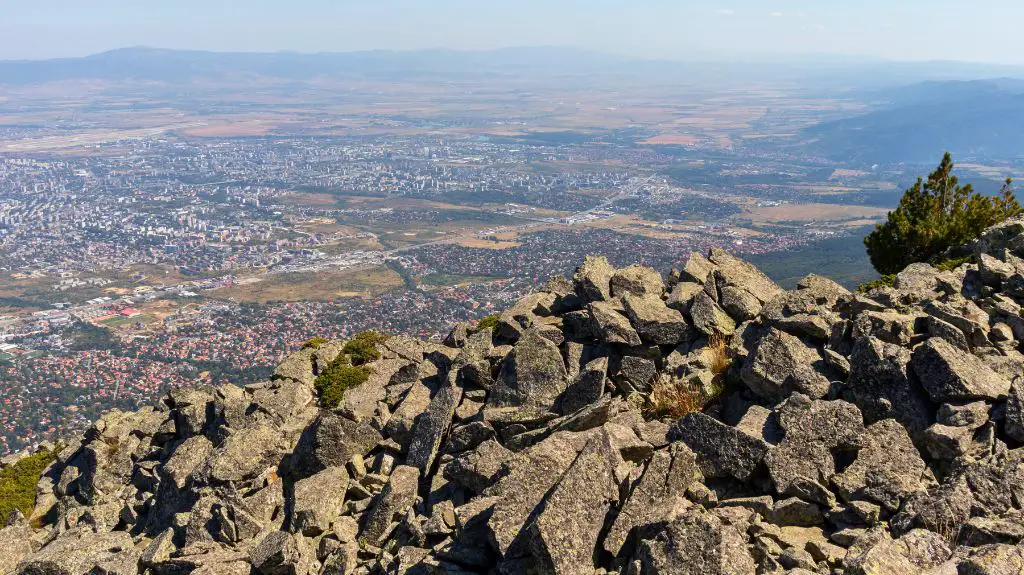
The Bulgarian capital will enchant you with its recreational spaces. In this section, I’ll share with you the most interesting nature facts about Sofia.
Let’s go!
- Sofia boasts tens of mineral hot water springs. The number is somewhere between 42 and 75, according to various sources. Unfortunately, they are underdeveloped. In the past, several public bathhouses utilized the natural resource. However, most of the facilities have been abandoned. Nowadays, the easiest way to experience the refreshing mineral water is by filling your bottle at the fountains near Sofia History Museum. And if your time allows it, visit one of the amazing spa towns in Bulgaria to rejuvenate in the revitalizing mineral pools.
- You can go hiking and skiing just 15 min from Sofia. Vitosha Mountain is located south of the city and is one of the best day trips from Sofia. You’ll find scenic hiking trails and top skiing opportunities. Vitosha’s great views, lush forests, and diverse flora and fauna will enchant you. It’s also one of the best places to stay in Sofia if you’re a nature lover. My recommendation is to visit Boyana Church on the outskirts of Sofia, then hike to Boyana Waterfall. It’s the highest waterfall in Vitosha Mountain. You’ll reach it after a steep but rewarding one-hour hike. Alternatively, hike to the highest peak, Cherni Vrah. Although difficult at times, the hike will take you no more than 5 hours. ✔️ Tip: Dress warm for the season. Don’t make the mistake of hiking in your city clothes. Vitosha Mountain is 2,290 m / 7,513 ft. high, so even in summer, you need to pack a jacket.
- Sofia is known for its green spaces. The biggest park in the city, Borisova Gradina, is one of the largest parks in Europe. Sofia’s recreational spaces offer tranquil retreats and entertainment. You can go on a leisurely stroll, enjoy picnics, and engage in outdoor sports. Several arenas and stadiums, as well as open-air festivals, add to Sofia’s sports and cultural scene. My favorite spot in the hot summer days is Maimunarnika. The open-air bar in Borisova Gradina hosts live concerts from my favorite local performers.
Which Facts About Sofia, Bulgaria Surprised You the Most?
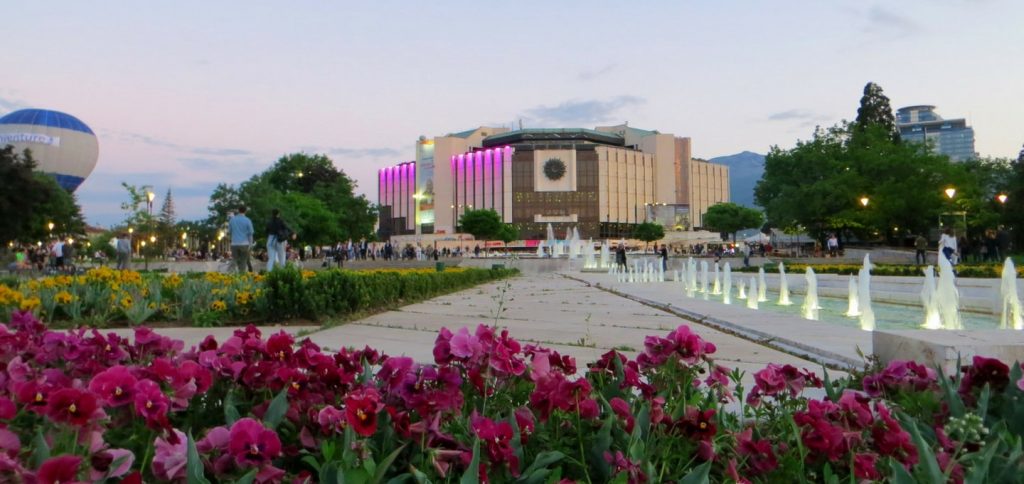
And there you have it – the most fun and interesting facts about Sofia.
From recreational spaces to peculiar attractions, and from turbulent past to bold gastronomy, Bulgaria’s capital offers a ton of cool adventures.
Now, I’m curious:
Which facts about Sofia surprised you the most?
Let me know in the comments below.
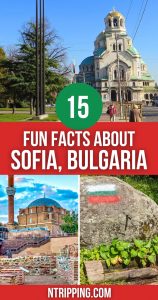
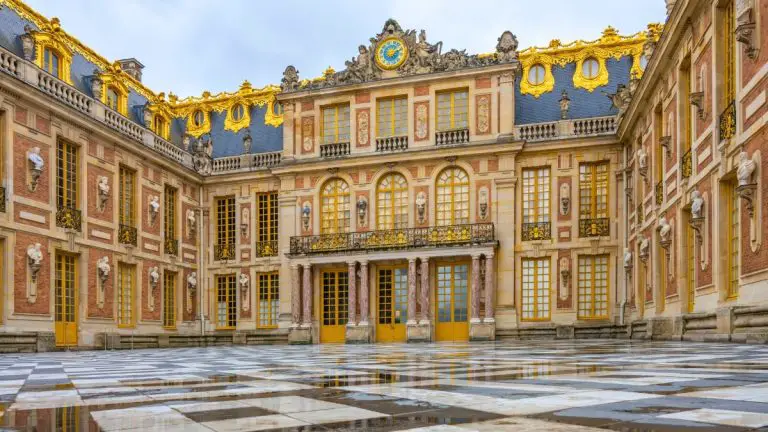
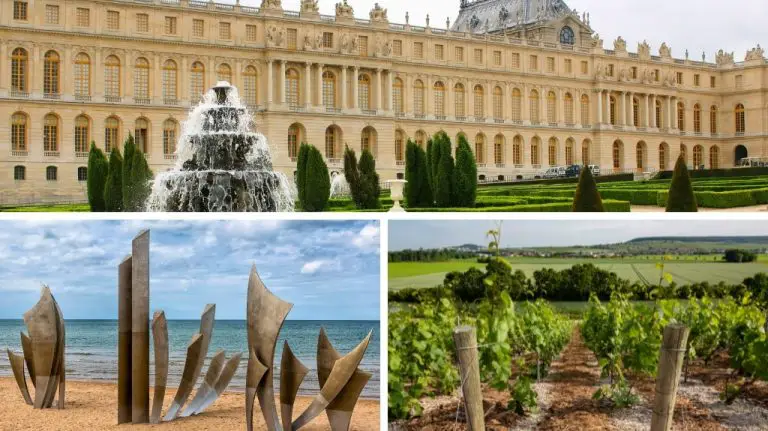
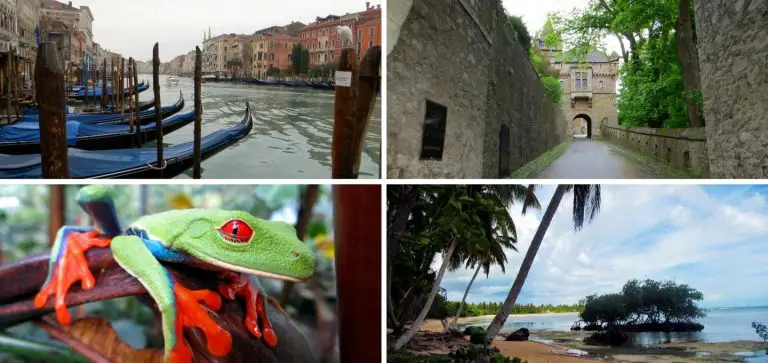
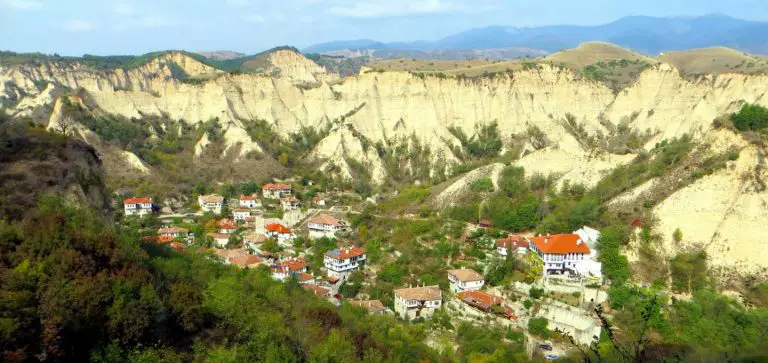
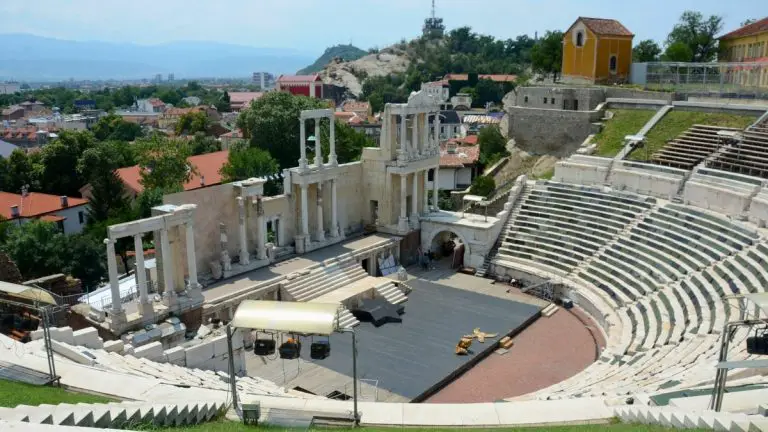
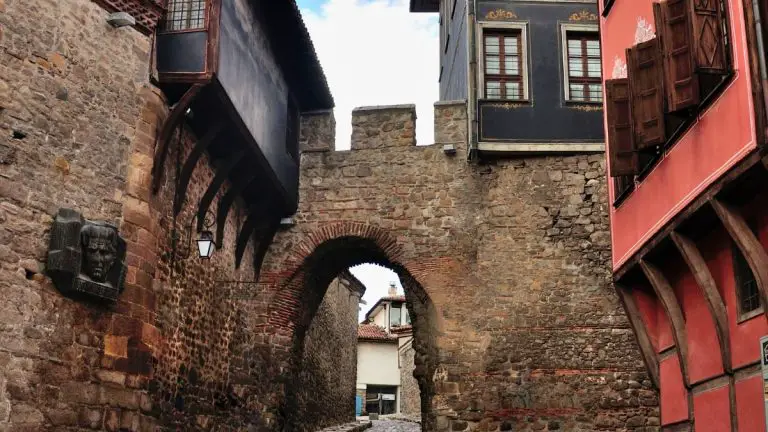
8 Comments